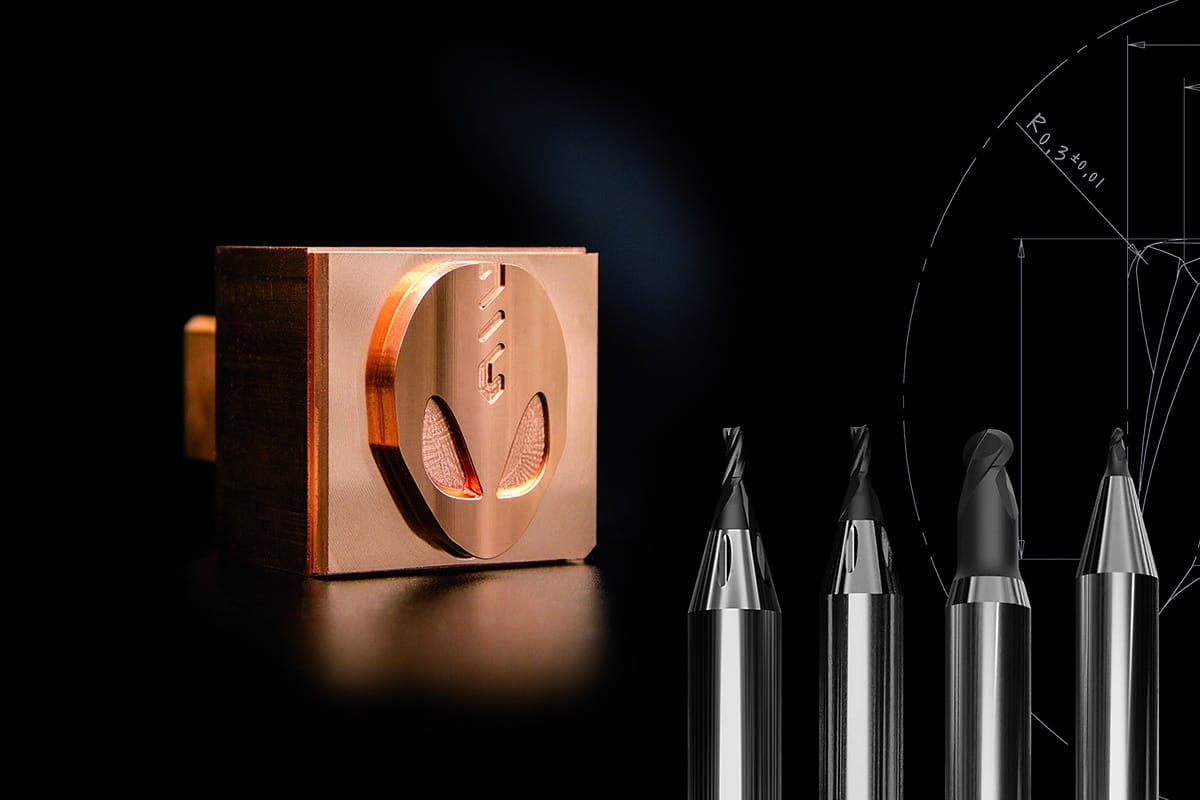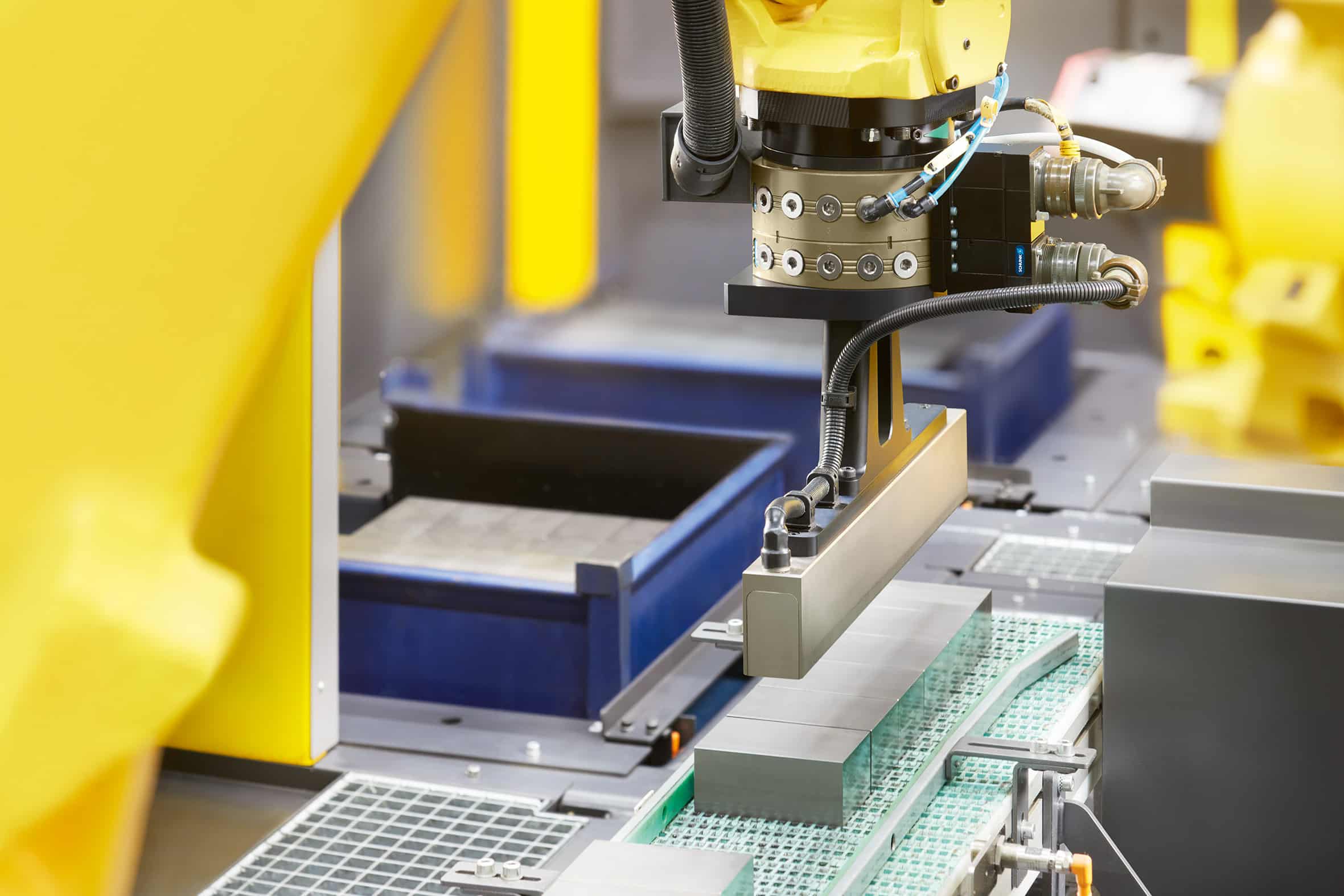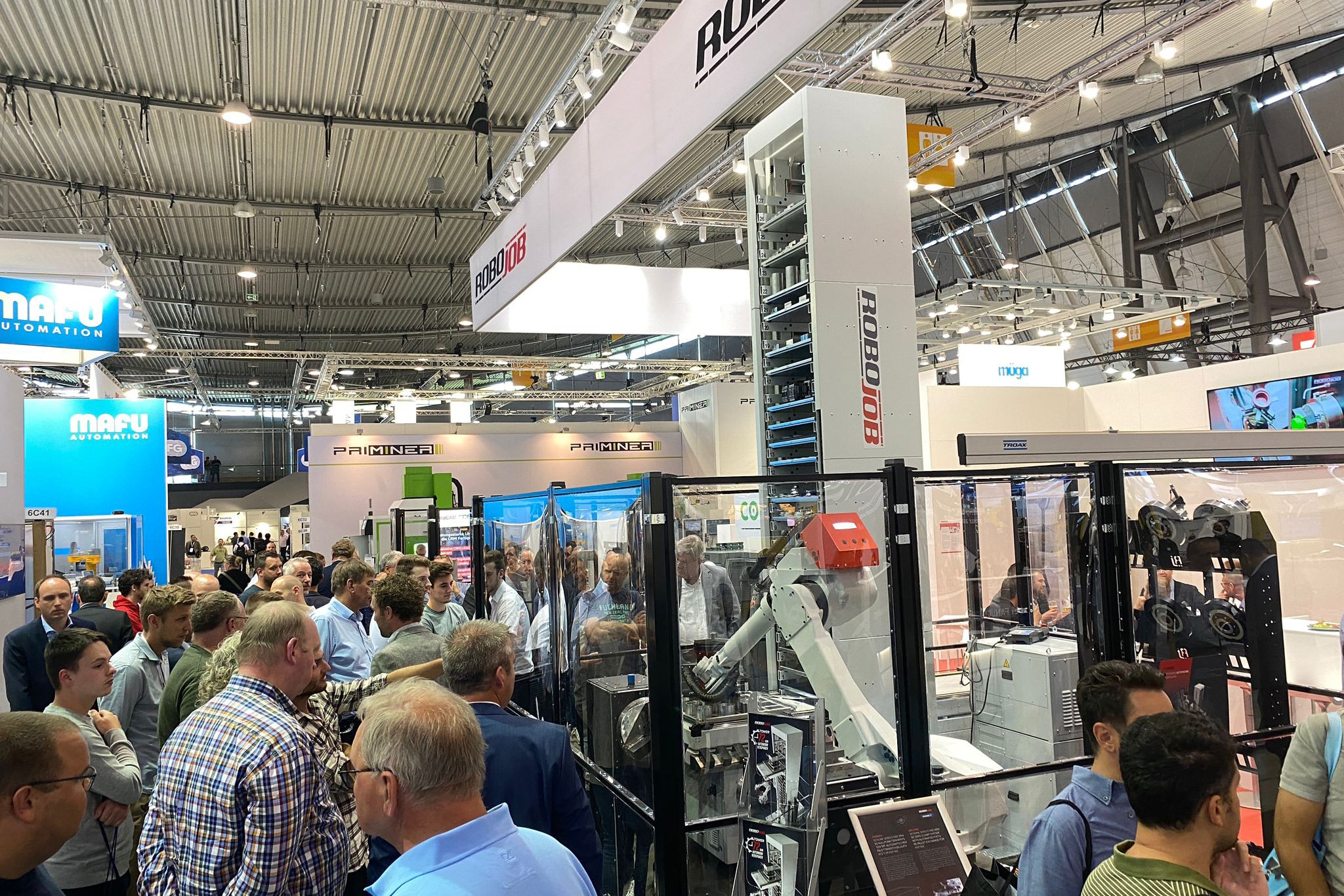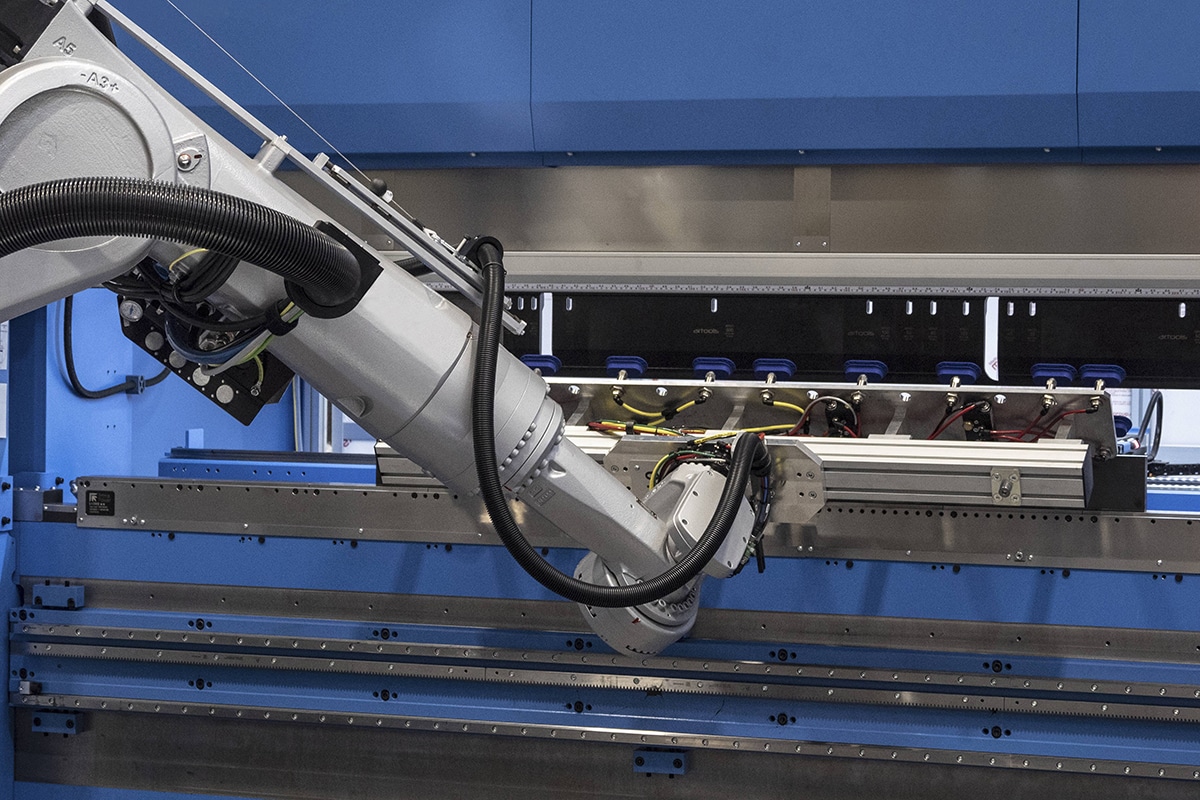
Can your welding robot do 3D printing?
More and more companies are using welding robots in their production processes. But on weekends and at night, they are often still idle. An interesting technique to use this downtime efficiently is WAAM. WAAM stands for Wire and Arc Additive Manufacturing, in other words the welding robot can be transformed into a 3D printer that can build large pieces. A technique that is still very much underexposed in Flanders, but the BIL wants to change that through a hands-on research project that will give companies insight into how they can convert any welding robot into a WAAM 3D printing robot. An introduction.
Wire and Arc Additive Manufacturing (WAAM) allows users to build metal pieces with standard welding wire and a standard welding robot. This technique lends itself to making unique components, small series or prototypes that exhibit complex (internal) geometry or consist of multiple materials. Research centers in neighboring countries are already promising to further explore this technique for, for example, printing spare parts for offshore, maritime applications, space and aerospace, prototype repairs, alternatives to castings... An electric arc is used as a heat source to melt the welding wire and build up the component layer by layer. WAAM brings three main advantages:
- These are standard materials, so the WAAM technology can in fact be used by any company that already has an industrial welding robot. This opens up a lot of new possibilities for companies. All materials eligible for MIG/MAG welding can serve.
- WAAM allows medium to large metal pieces to be made in an efficient manner in terms of both material and cost. The technique is characterized by high material efficiency (up to 90%), high deposition rates (1 to 4 kg per hour) and improved energy efficiency. It thus casts itself as an attractive alternative to forging and casting, thanks to shorter lead times and the fact that no costs have to go into dies. Compared to conventional machining techniques, WAAM 3D printing adds new possibilities in terms of design.
- WAAM makes it possible to start building a workpiece in a very specific way and, for example, to apply specific materials in areas where wear or corrosion may occur.
Although more research needs to be done to see how best to compose the different materials then.

How does it work?
With an initial patent dating back to the 1920s, WAAM can call itself one of the oldest processes for additive manufacturing. Like all modern metalworking techniques, WAAM also starts from a 3D CAD model. This is cut into 2.5D layers. For each of those layers, a deposition path is then created and the welding parameters are determined. From there, a robotic program is created with which the welding robot goes to work to build a near-net shape piece layer by layer. This may be followed by post-heat treatment or, if high demands are placed on dimensional accuracy and surface quality, post-processing using conventional technology such as milling, turning, grinding, etc.
By the way, this can already be done during the deposition process, should accessibility become more difficult as the piece is built up. Several techniques are possible. The most popular is MIG/MAG, but one could also work with the TIG welding technique, with plasma or with EBF (electron beam freeform fabrication).

There are three production possibilities. The least explored is that of the cobot. Because WAAM can play its strengths mainly in the production of larger pieces (traditional techniques here involve heavy costs for tools and dies), a cobot with WAAM on board will serve mainly in research institutes for printing smaller samples or for portable solutions that can demonstrate the technique to interested parties. We discuss the other two techniques in the section below.

WAAM with robot
The most widely used option is the standard welding robot. Because the welding robot can weld several pounds of material per hour, it can begin to fill the gap between conventional machining techniques and powder-based 3D printing techniques. A closed robot system will have the advantage of integrating the interface of the robot and the welding robot 100% for fast communication. It is also specifically tailored for welding.
An open robot system, on the other hand, has the advantage that the post-processor file can go directly to the robot without the need for an additional conversion. The user is therefore free to choose his welding source.
In principle, any standard welding robot can be adapted for WAAM purposes, provided the robot can be integrated with the software needed to calculate the deposition path, and a database is available to check the geometry of the weld against the weld seam.

WAAM with hybrid platform
There are also CNC machines with WAAM functionalities. Compared to robots, they are easier to automate in terms of temperature, measurement and control, forced cooling... Furthermore, there are hybrid platforms that either consist of a welding robot and machining robot, or hybrid CNC machines in which welding is integrated. The advantages of such hybrid robotic systems is the ability to produce large structures by placing the robots on rails, for example.
In addition, machining techniques can be applied after depositing each layer or a number of layers to improve surface quality. It will also allow the user to machine internal surfaces or surfaces that are difficult to reach when the piece is fully finished.
These platforms do require attention to get the positioning of each robot perfect every time. Compared to CNC machines, the dimensional accuracy will be a lot lower.
Finally, we should mention here hybrid WAAM CNC machines that combine WAAM with five-axis machining capabilities.
WAAM workshop
Things are moving around Wire and Arc Manufacturing at the moment. On Thursday, April 21, the WAAM event took place at the VDAB training center in Wondelgem. An organization of the VDAB in cooperation with RTC East Flanders and partners such as Thomas More Campus De Nayer, Hoffmann Group, DMG MORI, Valk Welding, Belgian Institute for Welding Technology (BIL) and Open Mind. More than 100 participants could get acquainted with the technology and discover which opportunities this can lead to in their own production.
The VDAB is planning more such workshops to make the technique more widely known and to inspire participants with great practical examples. There are already scheduled on June 29 (Wondelgem), September 7 (Wondelgem) and November 21 (Heverlee).
Want to learn more about WAAM?
The VDAB is starting a new training course on WAAM in September. Luc De Blick, welding expert at the VDAB: "We see a lot of potential for the Belgian manufacturing industry. With this training we want to initiate participants in all aspects of WAAM, so that afterwards they can master the entire process themselves. From design to simulation, from 3D printing with welding robot to finishing on a five-axis milling machine. We will also measure the pieces in terms of shape and material, so that we can compare the quality of the 3D printed piece with that of a piece created using conventional machining techniques."
The course is aimed at graduates and bachelors. "We are aiming for a slightly higher profile, because this technology is a textbook example of how all the links of the chain must fit together. The different departments will have to feed back to each other where optimization is needed. Entirely according to the principles of Industry 4.0."
Those interested can visit https://www.vdab.be/opleidingen/aanbod/O-AMI-310402/cursus/C-AMI-203823/3D-printing_met_lasrobot__WAAM_-WONDELGEM.



